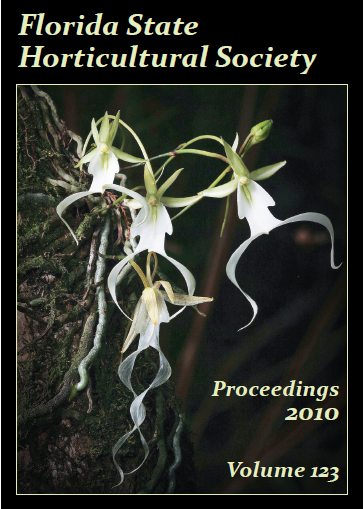Handling & Processing
Fractionation of Secondary Metabolites of Orange (Citrus sinensis L.) Leaves by Fast Centrifugal Partition Chromatography
Abstract
Conventional high-pressure liquid chromatography (HPLC) provides ready detection of the major phenolic compounds in methanol extracts of orange leaves, yet conventional HPLC also shows the presence of many more compounds, to an extent where extensive peak overlap prevents distinct peak detection and reliable quantitation. A more complete chromatographic analysis of the complex compound profiles of orange (Citrus sinensis) leaves was made possible with separations by fast centrifugal partition chromatography (FCPC) prior to HPLC analysis. Separations by FCPC were achieved using the biphasic system of ethanol/butanol/water (20/80/100, v/v/v). Early eluted fractions contained numerous polar and mid-polar hydroxycinnamates. Later eluting fractions contained various profiles of polar and mid-polar flavonoids, many of which significantly overlapped in the HPLC of the original orange leaf extract. Analysis of the FCPC fractions by HPLC-time-of-flight mass spectrometry provided detection of many more compounds compared to other conventional methods of detection used with HPLC.References
- Cevallos-Cevallos, J.M., R. Rouseff, and J.I. Reyes-De-Corcuera. 2009. Untargeted metabolite analysis of healthy and Huanglongbing-infected orange leaves by CE-DAD. Electrophoresis 30:1240–1247.
- Feldman, A.W. and R.W. Hanks. 1969. The occurrence of a gentisic glucoside in the bark and albedo of virus-infected citrus trees. Phytopathology 59:603–606.
- Ito, Y. 2005. Golden rules and pitfalls in selecting optimum conditions for high-speed counter current chromatography. J. Chromatography A. 1065:145–168.
- Manthey, J.A. 2008. Differences in secondary metabolites in leaves from orange (Citrus sinensis L.) trees affected with greening disease (Huanglongbing) (HLB). Proc. Fla. State Hort. Soc. 121:285–288.

